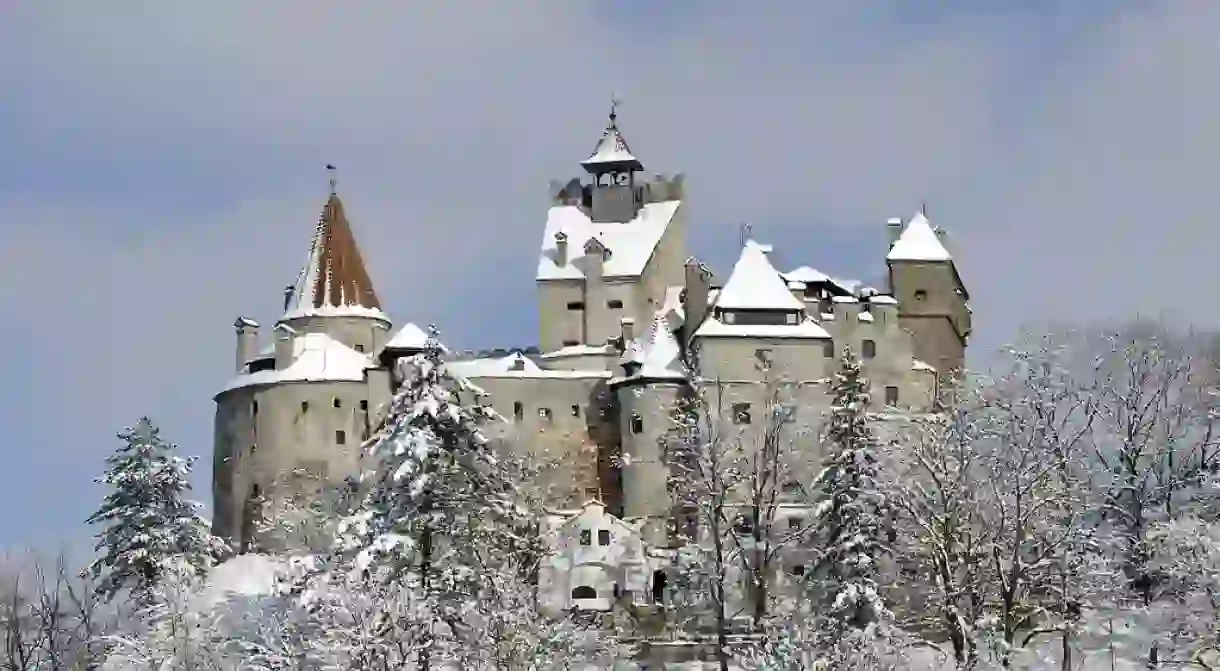A Brief History of Bran Castle

Made famous by its association with the legend of Dracula, Bran Castle is one of the most iconic Romanian landmarks. Regardless of whether the entry ticket also grants a rendezvous with the Count himself, the fortress has seen enough history unfold before its walls to feed the imagination of those who, drawn by its reputation, travel to the heart of Transylvania to visit it.
Perched up on a cliff, surrounded by forests and shrouded in myth and legend, Bran Castle is one of the most picturesque fortresses in Europe, with a history spanning six centuries. Its privileged location, in the Bran-Rucar Gorge, one of the most important passages of the Carpathian mountains, gave it a key strategic role. Firstly, because the fortress was placed at the crossroads of trade routes. Secondly, it served as an important starting spot for military invasions, while also defending the city of Brasov, located 30 kilometres away.

Beginning life as a wooden citadel in the 13th century built by the Teutonic Knights, the castle’s outer appearance changed with time, adapting to the purpose it served. The current building, shaped as an irregular rectangle, was erected one century later. The 17th century saw the building of its round southern tower, and later, on its eastern side, that of a square-shaped one, both still present. The edifice’s roof, covered in red tiles (which adds to its fairytale charm), dates from the 19th century.

Bran Castle’s interior was refurbished and many of its 57 rooms were decorated by Queen Marie, the last queen consort of Romania and granddaughter of Queen Victoria. She made the castle her royal residence after the city of Brasov gifted it to her in 1920, in recognition of the royal’s support for the union of Transylvania with the Kingdom of Romania. Later, during WWII, her daughter, Princess Ileana, ran a hospital inside its walls. Today, Bran Castle hosts collections of furniture, costumes, weapons and armor as part of a museum spread over four floors.

Due to its location between the peaks of the Mountains Bucegi and the photogenic Piatra Craiului Mountains, it offers spectacular views from the terrace. On clear, sunny days, the villages below look like a mosaic of red and white dots in a sea of green tree tops. On dark, full moon nights, however, the air gets filled with mystery, and nothing is what it seems anymore.

According to legend, Vlad the Third of Wallachia, better known as Vlad the Impaler, was imprisoned in the castle for two weeks. Also known as Vlad Dracul, after the sobriquet of his father, who was a member of the House of the Dragon, he is believed to have served as the inspiration for Bram Stoker‘s Dracula. According to records, the bloodthirsty vampire has not made a documented appearance yet. Take that as an incentive or a deterrent, Bran Castle is always worth a visit.













